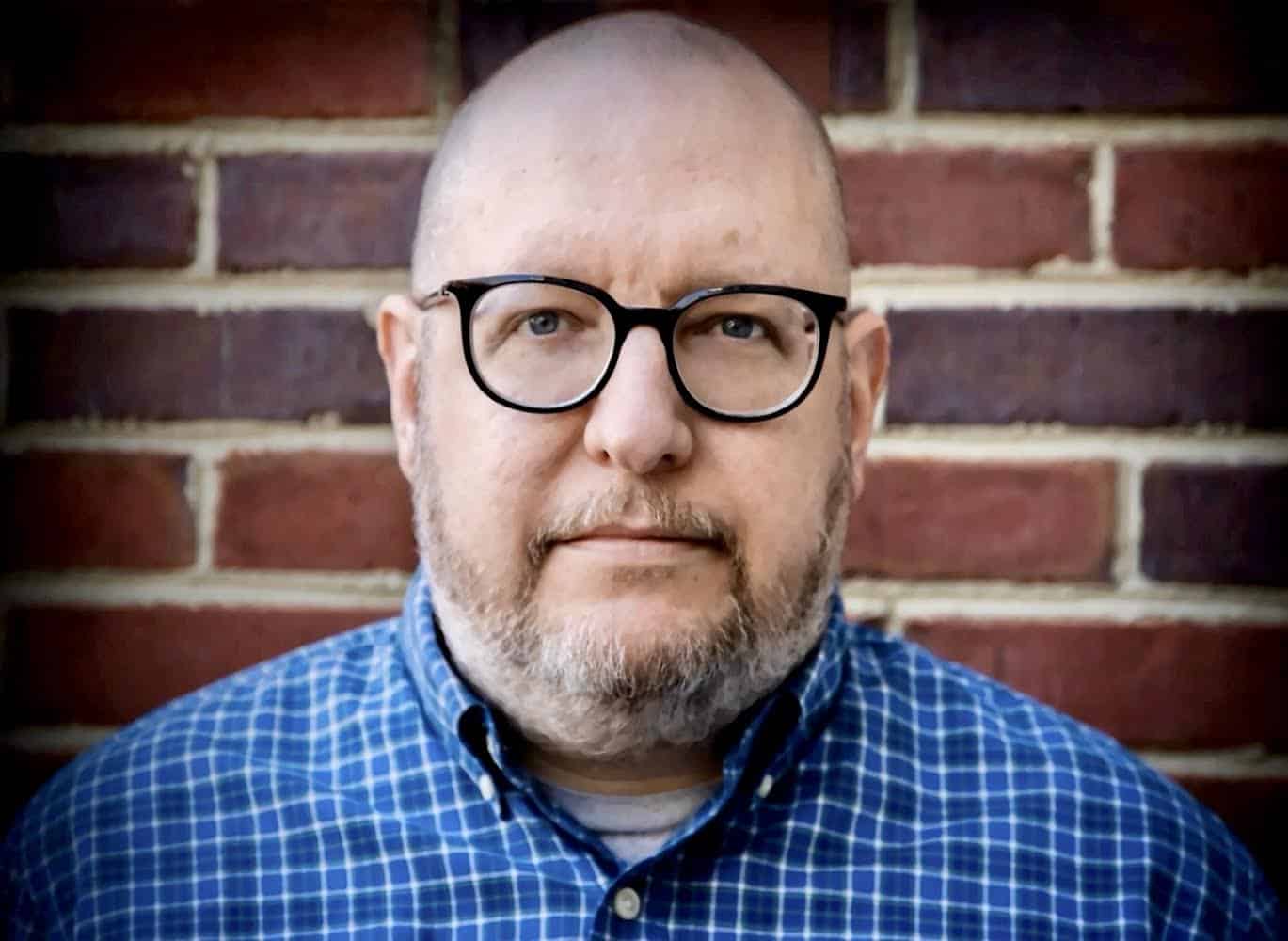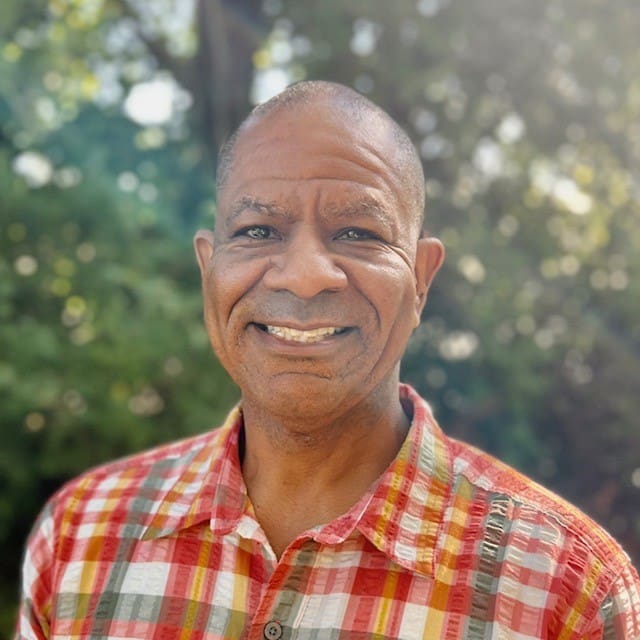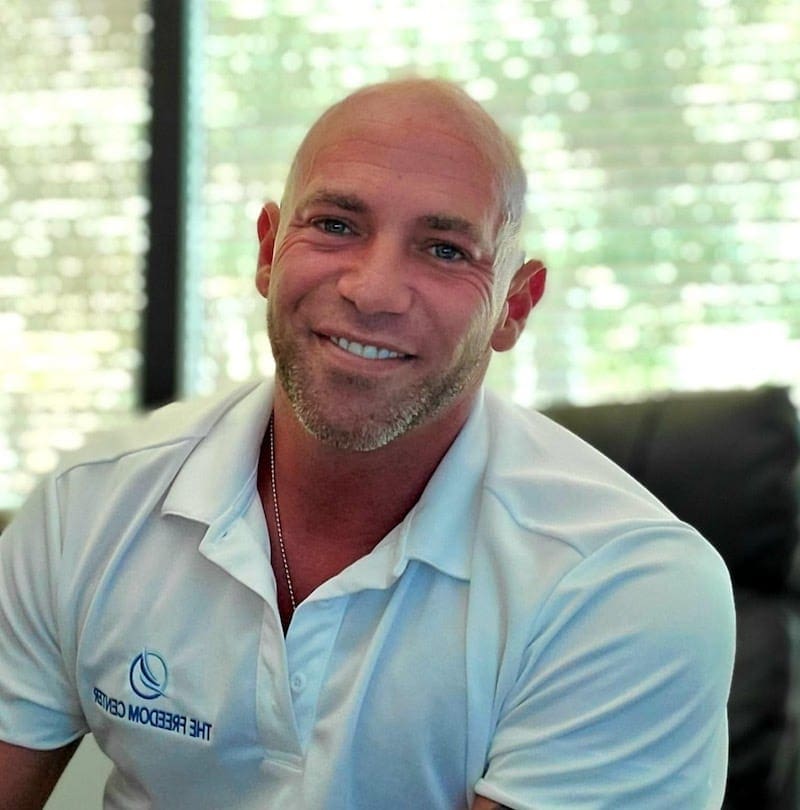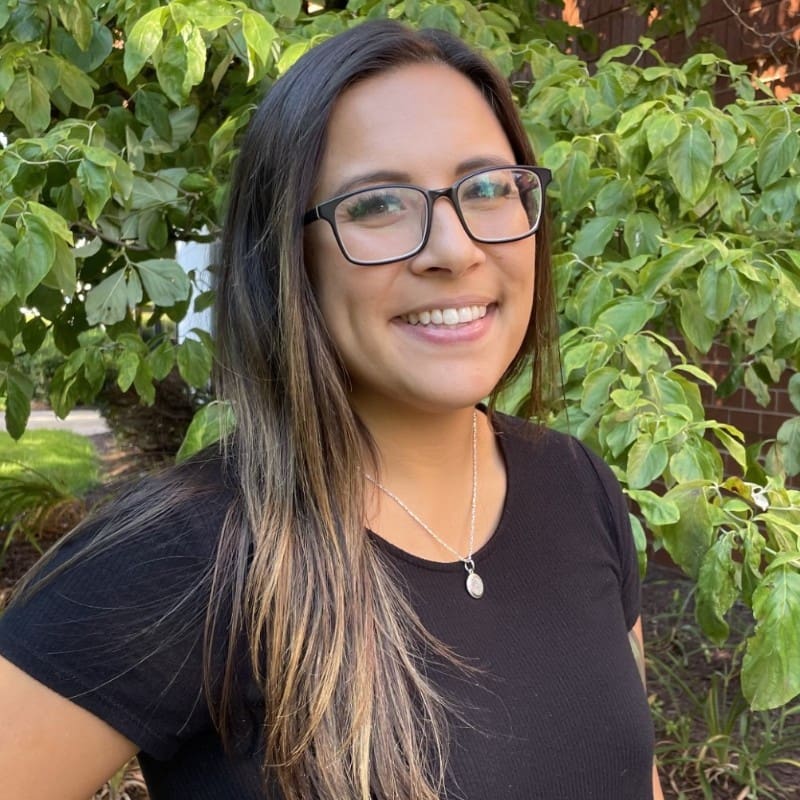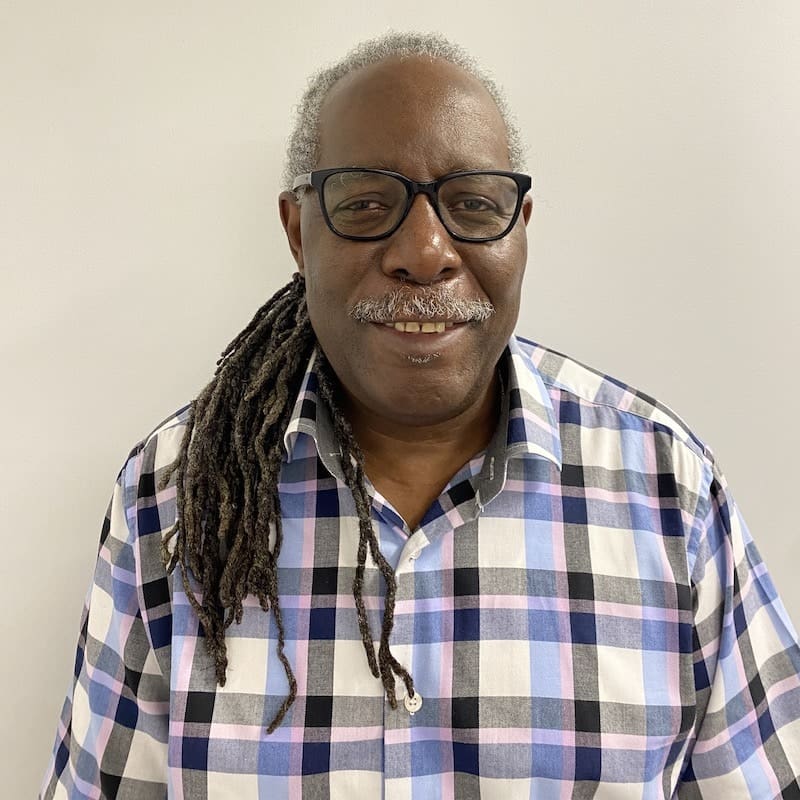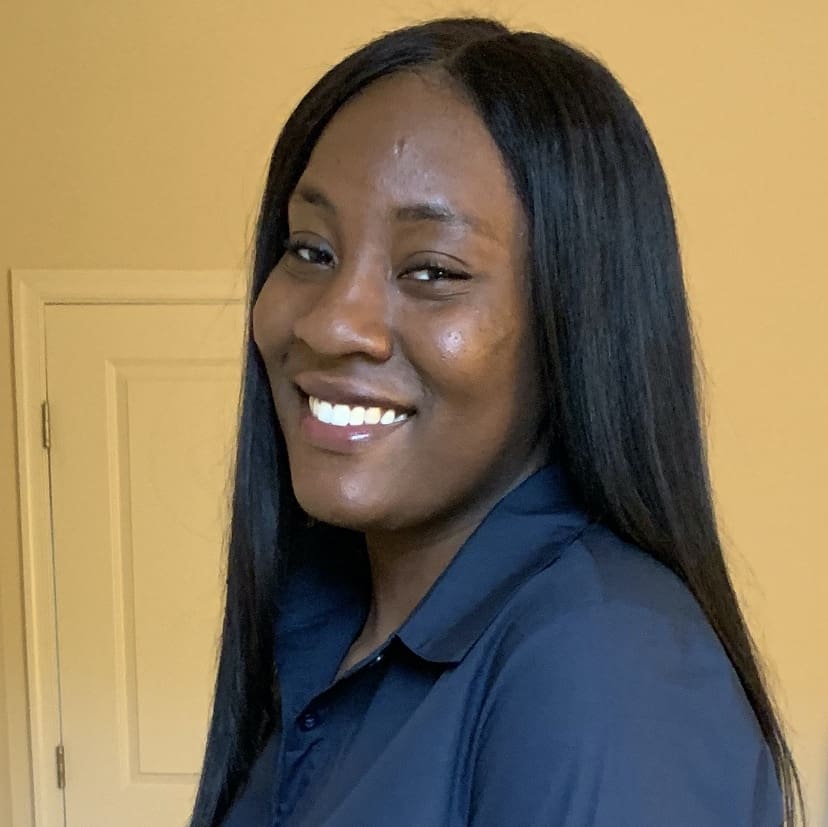For years there’s been some fuss in the media about how marijuana, or “weed,” produced today is way more potent than strains used in past decades. Is this true? If true, what could be the reasons for the increased potency? What are the health consequences of consuming more potent marijuana? Let’s explore these questions.
Is Marijuana Really Stronger Than Ever?
The answer is yes. The potency of marijuana, indeed, has increased over time. A study that analyzed over 38,000 illicit marijuana samples provided by the DEA from 1995 to 2014 determined that its potency had approximately tripled in that period.
In 1995, the average concentration of THC was about 4%, but in 2014 it was around 12%. THC is the substance that contributes the majority of the psychoactive effects of marijuana (euphoria, relaxation, etc.) by stimulating neurons in the brain’s reward system to release very high amounts of the neurotransmitter dopamine.
However, some people argue these numbers weren’t realistic. The issue was that to test the THC of marijuana 20 years ago, researchers used a method of testing marijuana potency that altered the chemical profile of weed itself, including breaking down the THC molecule, thus potentially yielding less potent results.
Nonetheless, specific variants contain even higher amounts, such as “sinsemilla,” made out of seedless Cannabis plants, which generally have a THC concentration above 10% but can exceed 25% in some products.
While more potent weed might be available, most dispensaries don’t sell these highly-concentrated varieties. For the most part, in states where marijuana is legal, dispensaries will have products that fall within the mid-20% range for THC content, with the overall concentration being 18.7%.
Why Is Marijuana Stronger Than Ever?
Marijuana is the world’s second most popular drug (behind alcohol) and the most widely used illicit drug globally. Years of activism and lobbying in the U.S. led to the legalization of marijuana for adult recreational use in 2012 in Colorado. Currently, marijuana is legal for adult recreational use in 19 states and the District of Columbia.
Other countries in which marijuana is legal include Canada, Georgia, Malta, Mexico, South Africa, Thailand, and Uruguay.
Its growing popularity has led to the development of new techniques and variants with higher THC concentrations and new consumption methods, such as vape pens, edibles, and dabs.
Advanced techniques allow cultivators and processors to isolate more significant amounts of resin, a sticky substance that contains many cannabinoids, such as THC and cannabidiol (CBD).
These new marijuana products fall into two categories:
- Extracts: a broad range of products made using solvents like butane to extract highly-concentrated resin by chemical means. Some extracts can have a THC concentration as high as 99%, while others may contain more CBD than THC. Some examples of concentrates are CO2 oil, distillate, and propane hash oil.
- Concentrates: made using mechanical methods to extract the resin. Concentrates can also have an extremely high THC concentration: between 40% and 90+%. Examples of concentrates include dry sift hash, hashish, and rosin.
The Effects Of Stronger Marijuana On Your Health
There are multiple known (and potentially unknown) negative health consequences to consuming high-concentrated marijuana, including:
- Highly concentrated marijuana is more addictive than lower-concentration marijuana. Estimates indicate that around 30% of people who use marijuana may have some degree of marijuana use disorder.
- Increased risk of psychosis, paranoia, and anxiety, particularly in young users.
- Cannabinoid hyperemesis syndrome (CHS) leads to recurrent episodes of nausea, vomiting, dehydration, and abdominal pain. This condition is most common in people who have been consuming marijuana at least once a week since adolescence.
- Improper brain development in younger users causes slower learning and reduced levels of alertness and memory.
Despite the many studies on the topic, we do not yet fully understand the long-term effects of marijuana use, so there may be other health consequences we do not know about yet.
Warning Signs Of Marijuana Addiction
If you or someone you know consumes marijuana frequently, including potent varieties, you may already show signs of addiction. The most common symptoms include:
- Low motivation
- Weight gain
- Paranoia
- Red eyes
- Enhanced appetite
- Impaired coordination
- Slow reaction time
- Dry mouth
- Dizziness
- Memory impairment
- Anxiety
- Impaired judgment
- Distorted perception
- Fatigue
How To Get Help For Marijuana Addiction?
Most cases of marijuana use disorder go untreated, unfortunately. Marijuana is often seen as an innocuous drug, despite its growing potency leading to the discovery of new negative health consequences.
If you are suffering from the harmful effects of marijuana use, contact medical professionals in your area and seek help for your dependence. Many people might benefit from outpatient treatment programs to curve their marijuana addiction.
The journey to recovery may be challenging, but by surrounding yourself with people who want the best for you, you will learn to overcome your addiction.














